Buy the photo Young fly agaric in autumn by Jeroen de Jongh Photography on canvas, ArtFrame, poster and wallpaper, printed on demand in high quality.
About "Young fly agaric in autumn"
by Jeroen de Jongh Photography
About the artwork
The fly agaric (Amanita muscaria) is a conspicuous mushroom, common in the lowlands. Fly agaric grows mostly in deciduous forests, in close association with birch, sweet chestnut, oak, beech, as well as pine and spruce.
The best-known appearance of the fly agaric is a dark red cap with white dots. The white dots are remnants of the overall envelope (velum universale) in which the mushroom was 'trapped' before emerging from the ground. These wash off the cap fairly quickly in rainy weather. Fly agaric can occur from July until late autumn.
The whole mushroom contains active substances, but their concentrations are highest in the red cap. Besides the toxic muscarinic, it contains muscimol, muscazone and ibotenic acid. The toxicity of this mushroom is often overestimated; no adverse effects are expected from touching it. Nevertheless, eating a whole mushroom can be fatal in a few hours for a small dog, for example.
Some substances in the fly agaric have an intoxicating or hallucinogenic effect. For this reason, the fungus has long been used by various peoples in rituals, including in Lapland where sometimes one fly agaric was exchanged for one reindeer. The fly agaric is also mentioned as an ingredient of witches' ointment.
Mushrooms like the fly agaric, sometimes stand in a circle. Again, the cause of this can be found underground, at the fungus gland. When a mycelium grows, it does so in all directions. When it runs out of nutrients in the centre of the mycelium, that part dies. This creates an open space in the centre of the mycelium. Only when the mushrooms grow out can you see the witch's circle.

About Jeroen de Jongh Photography
I'm Jeroen, and I'll spare you the long introduction. ;) If you're looking for a landscape photo for your wall, you've come to the right place... Read more…
 Netherlands
Netherlands Ordered in April 2017
Ordered in April 2017
 Germany
Germany Ordered in February 2023
Ordered in February 2023
 Germany
Germany Ordered in April 2022
Ordered in April 2022
 Germany
Germany Ordered in March 2020
Ordered in March 2020
 Netherlands
Netherlands Ordered in October 2024
Ordered in October 2024
 Netherlands
Netherlands Ordered in March 2020
Ordered in March 2020
 Germany
Germany Ordered in June 2019
Ordered in June 2019
 Netherlands
Netherlands Ordered in February 2025
Ordered in February 2025
 Netherlands
Netherlands Ordered in May 2021
Ordered in May 2021
 Germany
Germany Ordered in January 2023
Ordered in January 2023
 Germany
Germany Ordered in May 2019
Ordered in May 2019
 Netherlands
Netherlands Ordered in March 2020
Ordered in March 2020
About the material
ArtFrame™
Interchangeable Art Prints
- High-quality print
- Easily interchangeable
- Acoustic function
- Large sizes available
Discover the artworks of Jeroen de Jongh Photography
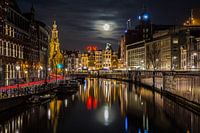 Full moon at the flower marketJeroen de Jongh Photography
Full moon at the flower marketJeroen de Jongh Photography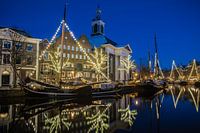 Lange HavenJeroen de Jongh Photography
Lange HavenJeroen de Jongh Photography Scheveningen PierJeroen de Jongh Photography
Scheveningen PierJeroen de Jongh Photography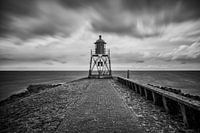 Lighthouse StavorenJeroen de Jongh Photography
Lighthouse StavorenJeroen de Jongh Photography April 25th BridgeJeroen de Jongh Photography
April 25th BridgeJeroen de Jongh Photography OosterdokJeroen de Jongh Photography
OosterdokJeroen de Jongh Photography Climb to the lightJeroen de Jongh Photography
Climb to the lightJeroen de Jongh Photography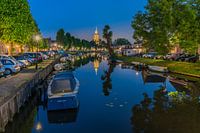 MonnickendamJeroen de Jongh Photography
MonnickendamJeroen de Jongh Photography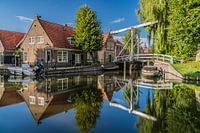 Zonnepad MonnickendamJeroen de Jongh Photography
Zonnepad MonnickendamJeroen de Jongh Photography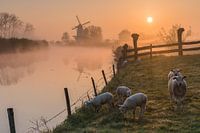 Mill de Vlinder on a misty morning in the BetuweJeroen de Jongh Photography
Mill de Vlinder on a misty morning in the BetuweJeroen de Jongh Photography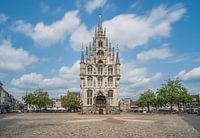 Town Hall of Gouda at the MarketJeroen de Jongh Photography
Town Hall of Gouda at the MarketJeroen de Jongh Photography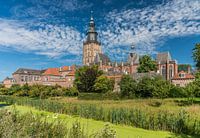 Swans at the skyline of ZutphenJeroen de Jongh Photography
Swans at the skyline of ZutphenJeroen de Jongh Photography Hoorn's Hoofdtoren in the mistJeroen de Jongh Photography
Hoorn's Hoofdtoren in the mistJeroen de Jongh Photography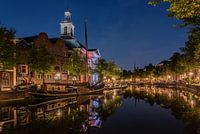 Peace and quiet at Schiedam's Lange HavenJeroen de Jongh Photography
Peace and quiet at Schiedam's Lange HavenJeroen de Jongh Photography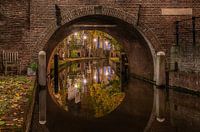 Autumnal vista at Utrecht's Paulus BridgeJeroen de Jongh Photography
Autumnal vista at Utrecht's Paulus BridgeJeroen de Jongh Photography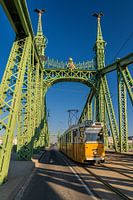 Tram 47 passes over the Freedom Bridge in BudapestJeroen de Jongh Photography
Tram 47 passes over the Freedom Bridge in BudapestJeroen de Jongh Photography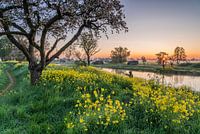 Rapeseed at sunrise in Werk aan de GroenewegJeroen de Jongh Photography
Rapeseed at sunrise in Werk aan de GroenewegJeroen de Jongh Photography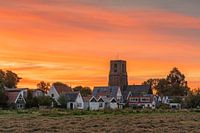 Sunset at the Tower of Ransdorp in AmsterdamJeroen de Jongh Photography
Sunset at the Tower of Ransdorp in AmsterdamJeroen de Jongh Photography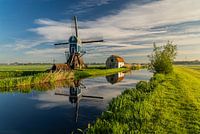 Morning light at the Blauwe Wip windmillJeroen de Jongh Photography
Morning light at the Blauwe Wip windmillJeroen de Jongh Photography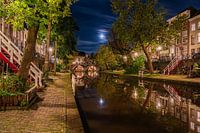 Full moon over Utrecht's Oudegracht canalJeroen de Jongh Photography
Full moon over Utrecht's Oudegracht canalJeroen de Jongh Photography
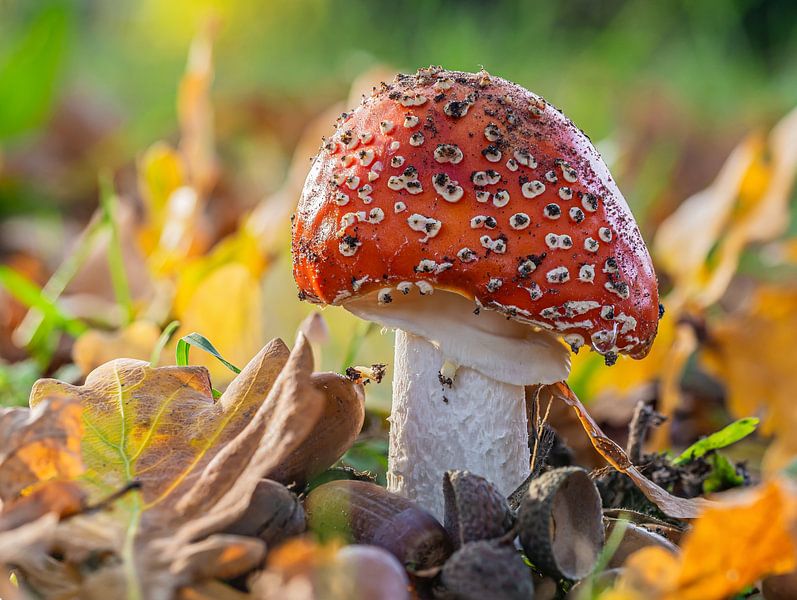


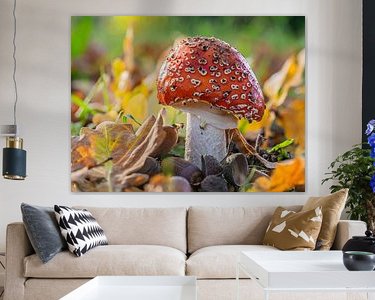


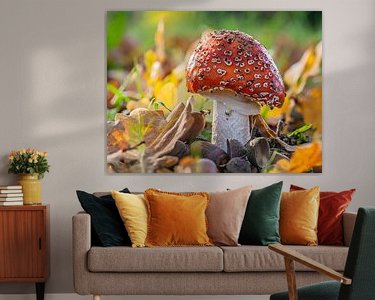

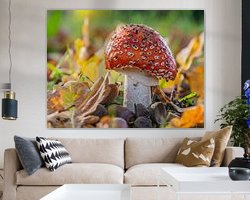

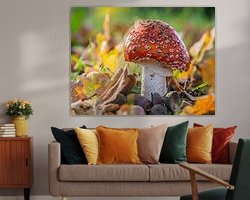

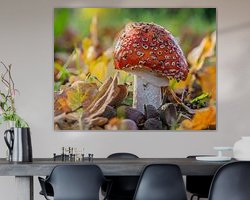
 Autumn
Autumn Europe
Europe Forest
Forest Indian Summer
Indian Summer Macrophotography
Macrophotography Mushroom
Mushroom Mysterious Spheres
Mysterious Spheres North Holland
North Holland Photo wallpaper
Photo wallpaper Photography
Photography The Netherlands
The Netherlands









